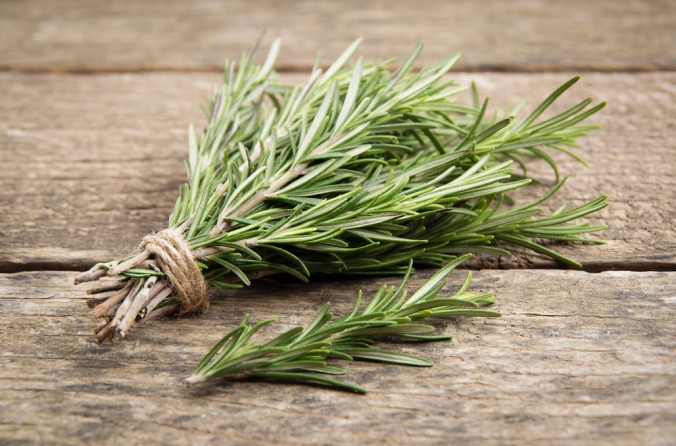
If you’re one of the many people getting ready to go back to the office, one dilemma that hasn’t disappeared during the pandemic is “what to eat for lunch”.
Many of us prefer, or have to, take lunch with us; therefore, it can become a daily conundrum. Each lunchtime is an opportunity to provide the body with much-needed nutrients to sustain your energy throughout the day, so it’s a good idea to plan in advance.
Clinical Nutritionist Suzie Sawyer shares some much-needed lunchtime inspiration for your return to work.
Wrap up some goodness
Wraps are the perfect transportable lunch that will provide a great array of nutrients without causing any uncomfortable stomach bloat, as they are not a ‘heavy’ as normal bread. Plus, it’s really easy to buy gluten-free wraps or those made with sweet potatoes, spinach, or coconut flour.

It’s important to include plenty of protein either from animal or vegetable sources. For example, turkey is high in protein and lower in fat than chicken and therefore makes a great choice. Why not wrap up some lettuce, turkey, sliced cabbage (red or white are both great for the digestion) and some cucumber strips, with a little mayonnaise?

As a veggie option, spread the wrap with plenty of hummus and then lay lots of lettuce, avocado slices, cucumber sticks and tomato. For a little extra pizazz, why not add some cheese of your choice and within minutes you’ve created a colourful and nutritious lunch. Both of these wrap options contain plenty of protein, vitamin C, energising B-vitamins, and immune-boosting vitamin E.
Zingy rice noodles
Rice noodles are a great lunchtime choice; not too heavy but still providing plenty of nutrients, which can taste even better depending on what you put with them. It’s good to get your base flavours right and garlic is the perfect start; great for the immune, digestion and cardiovascular systems.

Fry some garlic and fresh chopped chilli (a great fat-burner), and then add some chicken, prawns, or tofu. Add some soy sauce, lime juice, chopped carrots and peppers and your base is made. All you need is to quickly cook the rice noodles, add them to the mixture and then serve into your transportable pots. It’s a great idea to make up a couple of lunch boxes for your working week as they keep well in the fridge.
Tasty cauliflower rice
If you’re watching your waistline, then this dish is perfect. It’s high in protein (around 16g per portion) but low in carbs. Cauliflower is a member of the super-healthy cruciferous vegetable family, and contains plenty of antioxidants, protecting the body from degenerative diseases.

Chop up a whole cauliflower and then blitz in a food processor so that its texture becomes like fine grains. Then mix up some immune-boosting spices including cinnamon and allspice. Coat the cauliflower in the spices and put into a roasting tin to cook in the oven. Once it’s cooled you can add whatever takes your fancy, but chopped onion, mint, parsley, and feta are fabulous accompaniments.
Alternatively, you can quickly grill or stir fry some tofu with teriyaki sauce and chopped spring onion and add to the cauliflower. Tofu is not only a great source of protein, it is also good for the digestive system and contains lots of calcium.
Three extra lunchtime tips
- If you’re struggling with hormones, especially during the menopause, throw a good handful of edamame beans into your wrap or lunch box.

- Any chopped, raw vegetables with a dip such as hummus make great snacks and really improve your daily nutrient status.

- Always think about cooking extra portions when preparing your evening meal, such as chicken breast, poached or steamed salmon, or roasted vegetables. These can then be incorporated into your lunches for the week.

Stay well.
FOR MORE GREAT DIET AND LIFESTYLE ADVICE:
Sign up to receive our blog and get a weekly dose of the latest nutrition, health and wellness advice direct to your inbox.
Follow us on Twitter @feelaliveuk for nutrition, lifestyle and well-being tips.
Visit us at www.feelaliveuk.com for the latest offers and exclusive Alive! content.
Follow and Chat with Suzie on Twitter @nutritionsuzie
For everything you need to know about vitamins, minerals and herbs visit our sister site Herbfacts
All images: Shutterstock

























